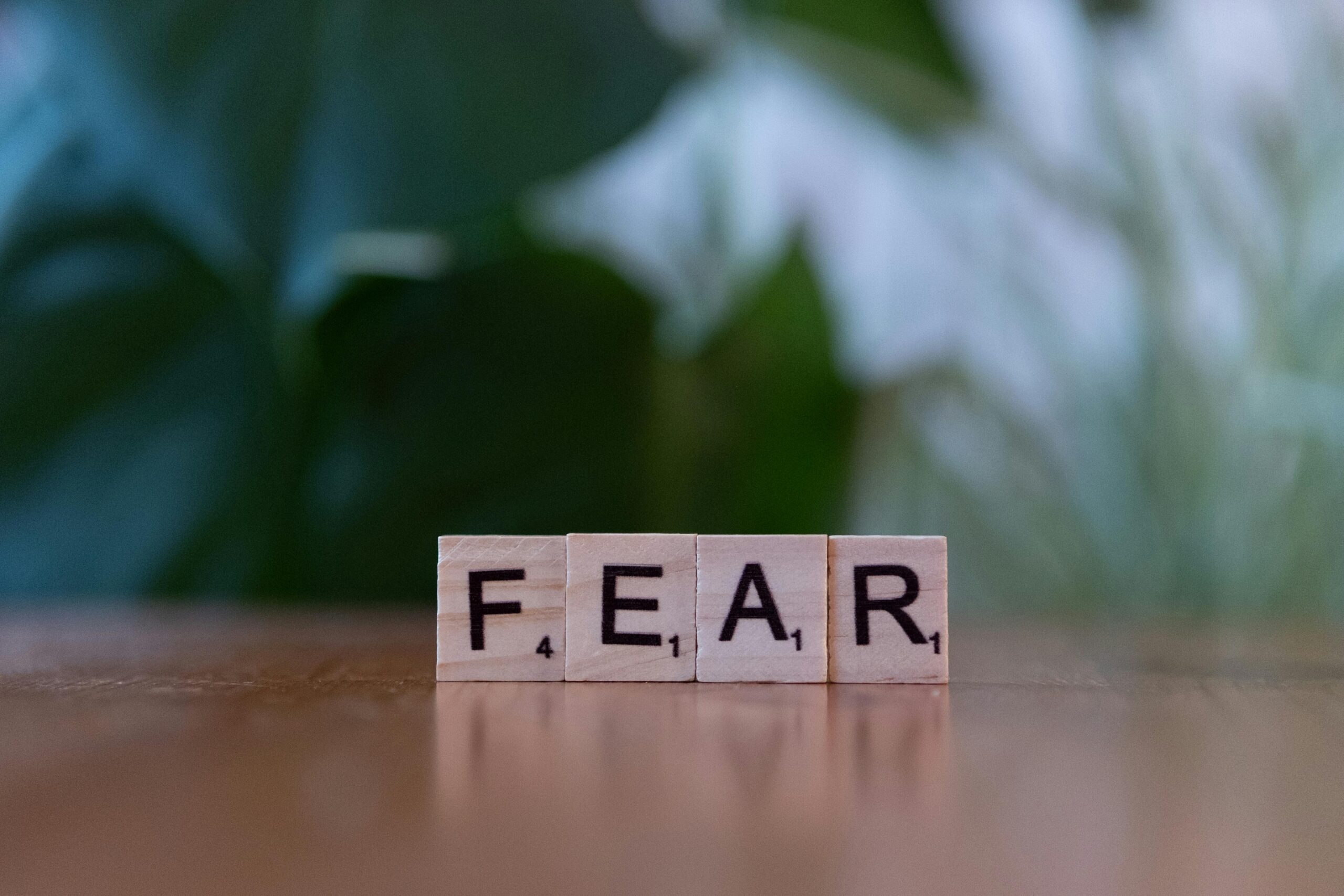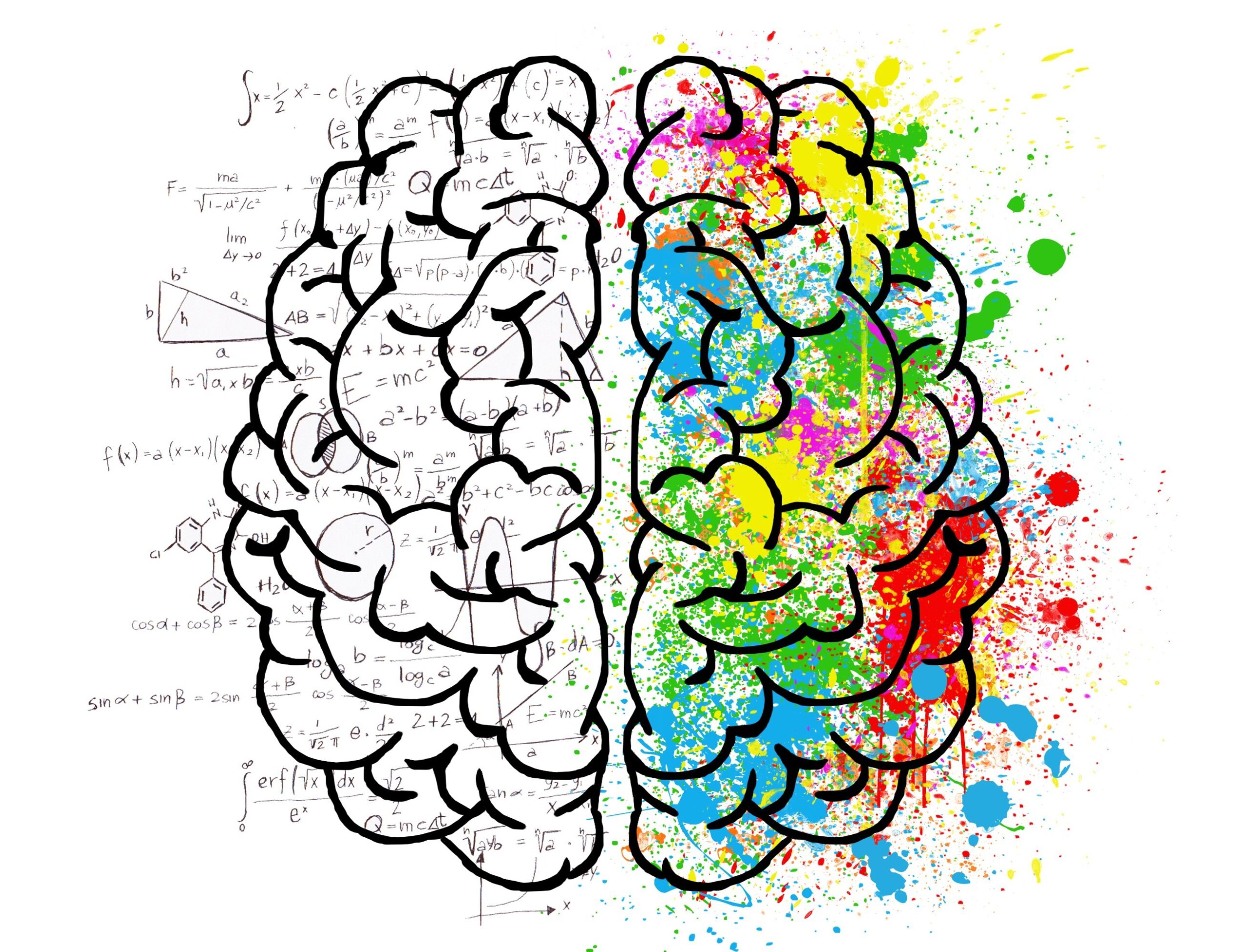As an integrative mental health therapist, I’ve sat with many clients who describe the sudden, overwhelming feeling of terror that seems to come out of nowhere. They tell me, “My heart starts racing. I can’t breathe. I feel like I’m dying.” Often, these episodes have led to emergency room visits, medical tests, and an unsettling diagnosis: nothing is physically wrong.
That confusing gap between real physical symptoms and the absence of a medical explanation; is where panic disorder often takes hold. In this post, I’ll share what panic disorder really is, how it develops, and what’s happening in the body and mind during panic. I will explore how an integrative approach to therapy, one that includes body-based and psychological perspectives, can guide recovery.
What Is Panic Disorder?
Panic disorder is an anxiety disorder characterized by recurrent, unexpected panic attacks. This is where sudden surges of intense fear or discomfort can peak out of nowhere within minutes. While most people experience anxiety or occasional panic, panic disorder is defined by the frequency and unpredictability of these episodes and the persistent fear of having another one.
Common physical and emotional symptoms include:
- Feelings of unreality (derealization) or detachment (depersonalization)
- Shortness of breath or choking sensations
- Numbness or tingling in the hands or face
- Rapid heartbeat or palpitations
- Fear of losing control or dying
- Chest tightness or pain
- Dizziness, trembling, or sweating
Many people develop avoidance behaviors, such as skipping certain places or activities, that might trigger symptoms. Over time, the body and mind become hyper-alert to any internal cue that could signal another attack.
But here’s something essential to understand: panic disorder is not a personality flaw, weakness, or lack of control. It’s a reflection of a nervous system stuck in survival mode. A nervous system that has learned to react to internal sensations as if they were external dangers.
The Body’s Alarm System: Why Panic Feels So Physical
 From a polyvagal theory and mind-body perspective, panic is a full-body event. It’s not “all in your head.” It’s the body’s autonomic nervous system (the same system that regulates heart rate, breathing, and digestion) sounding a false alarm.
From a polyvagal theory and mind-body perspective, panic is a full-body event. It’s not “all in your head.” It’s the body’s autonomic nervous system (the same system that regulates heart rate, breathing, and digestion) sounding a false alarm.
Dr. Stephen Porges’ Polyvagal Theory describes three main pathways in the nervous system:
- Ventral vagal (safety and connection) – the calm, social state where we can think clearly and connect.
- Sympathetic (mobilization) – the fight-or-flight response that activates when danger is sensed.
- Dorsal vagal (immobilization) – the shutdown or freeze response when the body perceives an inescapable threat.
During a panic attack, the sympathetic system surges, causing the heart rate to skyrocket, breathing to quicken, muscles to tense, and adrenaline to flood the body. These reactions are meant to help us escape a predator, but when no actual danger exists, they create sensations that feel catastrophic.
Panic is the body preparing to survive when there’s nothing tangible to survive from.
The Mind’s Role: Fear of Fear
 While the body sets the stage, the mind often amplifies panic through what mental health professionals call catastrophic interpretation. A slight sensation like a lightheaded moment or a tingling in the neck is misread as proof of danger: “I’m going to die” or “I’m having a heart attack”.
While the body sets the stage, the mind often amplifies panic through what mental health professionals call catastrophic interpretation. A slight sensation like a lightheaded moment or a tingling in the neck is misread as proof of danger: “I’m going to die” or “I’m having a heart attack”.
That thought triggers another wave of adrenaline, intensifying the sensations. The cycle becomes self-reinforcing: fear creates symptoms, which produce more fear. Over time, the brain learns to fear the sensations themselves, a process often called fear of fear.
As an integrative therapist, I see this not as irrational but as protective learning gone awry. The brain is trying to predict and prevent danger. Still, it has miscalculated what counts as a “threat.” Healing begins when we teach the nervous system that these sensations, though uncomfortable, are not dangerous.
Potential Hidden Causes: Trauma, Stress, and Sensitivity
Not everyone who experiences panic develops panic disorder. Why some people’s nervous systems become more reactive depends on a complex mix of biological sensitivity, life stress, and past experience.
For many clients, panic doesn’t appear “out of the blue.” It often follows:
- Major life transitions (loss, new job, relocation, parenthood)
- Unresolved trauma (please link to trauma page) or early attachment wounds
- Medical illness or health scares
- Periods of chronic stress or burnout
When safety has been inconsistent or when emotions were dismissed growing up, the body may learn to suppress fear until it bursts out in overwhelming form. Panic can become the body’s way of expressing what hasn’t been expressed.
In that sense, panic attacks are not only physiological events, but they’re also messages from the body saying, “I can’t hold this anymore.”
What’s Happening in the Brain and Body
To demystify panic, let’s look at what’s happening inside:
- The amygdala (the brain’s alarm center) detects potential danger and sends signals to release adrenaline and cortisol.
- The sympathetic nervous system activates the body for action: increased heart rate, rapid breathing, and muscle tension.
- Hyperventilation reduces carbon dioxide, which leads to dizziness and tingling sensations that, ironically, make panic worse.
- The feedback loop intensifies as the brain interprets these sensations as life- threatening.
From an integrative health lens, physiological imbalances, like thyroid dysfunction, low blood sugar, caffeine sensitivity, hormonal changes, or nutrient deficiencies, can also make the body more reactive. Addressing these through collaboration with functional medicine professionals or naturopaths often supports emotional regulation work in therapy.
EMDR and the Unprocessed Memory Network
In EMDR therapy (Eye Movement Desensitization and Reprocessing), panic can be seen as a reactivation of unprocessed trauma networks. Even if trauma is forgotten, the body still reacts with sensations like tightness, breathlessness, and helplessness.
For example, someone who experienced suffocation or medical trauma might panic when feeling short of breath, even decades later. EMDR helps the brain reprocess these memories, so they no longer trigger the same alarm response.
Through bilateral stimulation (eye movements, tapping, or sounds), the nervous system can complete unfinished survival responses and store memories as neutral rather than threatening. Over time, the body learns that “this is not happening now.”
Healing Through the Nervous System: The Polyvagal Path to Safety
Panic disorder recovery starts not with logic, but with safety in the body. Before challenging thoughts, we must help the nervous system re-establish a sense of stability.
Some polyvagal-informed practices I teach clients include:
- Breathing with longer exhales: Inhale through the nose for four counts, exhale for six. This activates the vagus nerve, signaling safety.
- Grounding through the senses: Gently name what you see, hear, feel, and smell to bring the body back to the present.
- Co-regulation: Safe connection with another person. It can be with a therapist, friend, or loved one, which helps the body downshift from panic to calm.
- Gentle movement or humming: Rocking, swaying, or humming re-engages the social engagement system.
These techniques aren’t “quick fixes.” They retrain the nervous system over time to recognize safety cues and expand what trauma expert Dr. Dan Siegel calls the “window of tolerance.”
How CBT Helps Heal Panic Disorder
As an integrative therapist, I often explain to clients that while panic feels entirely physical, much of its power comes from how we interpret those sensations. This is where Cognitive Behavioral Therapy (CBT) becomes so valuable. CBT helps people understand and retrain the patterns of thought and behavior that keep panic attacks recurring, while building skills to restore confidence in the body.
The CBT process begins with psychoeducation, learning what panic actually is. Clients begin to understand that the rapid heartbeat, shortness of breath, and dizziness they experience are the body’s normal fight, flight, or freeze response as described earlier in this blog. This knowledge alone can be deeply relieving. Once panic is understood as a false alarm rather than a medical emergency, the body’s sensations begin to feel less threatening.
From there, CBT teaches clients to recognize and challenge catastrophic thoughts, like “I’m dying” or “I’m losing control.” Through gentle questioning and evidence-based reflection, we begin to separate what the body feels from what the mind predicts. Over time, clients learn that while panic is uncomfortable, it’s not dangerous, and that these sensations always pass.
A cornerstone of CBT for panic disorder is interoceptive exposure, which helps desensitize the fear of physical sensations. In a safe, guided setting, clients might intentionally bring on mild sensations such as lightheadedness or a racing heart through spinning in a chair or brief rapid breathing, while learning to remain calm and grounded. This teaches the brain that these sensations can be experienced without catastrophe. Gradual exposure to avoided situations (like driving, exercising, or crowded spaces) follows, reinforcing safety through lived experience.
Throughout therapy, clients often keep thought records or panic logs to track triggers, sensations, and outcomes. Reviewing these records together helps reveal patterns: the attacks always peak and subside, catastrophic outcomes have not occurred, and recovery happens faster each time. These observations reinforce the sense of mastery that CBT aims to cultivate.
As therapy progresses, CBT encourages clients to test their beliefs through behavioral experiments. For example, engaging in light exercise to see that an increased heart rate isn’t harmful, or allowing anxious sensations to rise and fall naturally without escape behaviors. These experiments turn abstract learning into embodied experience.
Finally, CBT emphasizes relapse prevention and self-mastery. Clients learn how to respond to future stressors with skills rather than fear, and how to reframe setbacks as opportunities to practice. The goal isn’t to eliminate all anxiety but to change the relationship with it, to replace avoidance and dread with confidence and understanding.
When integrated with body-based approaches like EMDR, and polyvagal theory, CBT becomes even more powerful. It helps clients not only think differently about panic but also feel safer in their bodies, reconnecting thought and sensation in a way that supports long-term healing.
From Panic to Presence
 If you live with panic disorder, remember: your body isn’t betraying you. It’s protecting you the only way it knows how. The same nervous system that once sounded alarms can learn new rhythms of safety and calm.
If you live with panic disorder, remember: your body isn’t betraying you. It’s protecting you the only way it knows how. The same nervous system that once sounded alarms can learn new rhythms of safety and calm.
Integrative therapy can offer more than symptom relief. It invites you into a new relationship with your body, mind, and emotions. One grounded in understanding rather than fear. Over time, panic softens into presence. You learn that every wave of fear has an end, every breath can anchor you back to now, and every moment of compassion rewires your brain toward peace.
If you have been diagnosed with panic disorder or find yourself experiencing symptoms that sound like panic disorder, please contact me today for a free phone consultation to see if integrative therapy can help. We can talk about the different therapeutic approaches explored in this blog to see if they would be a good fit.


